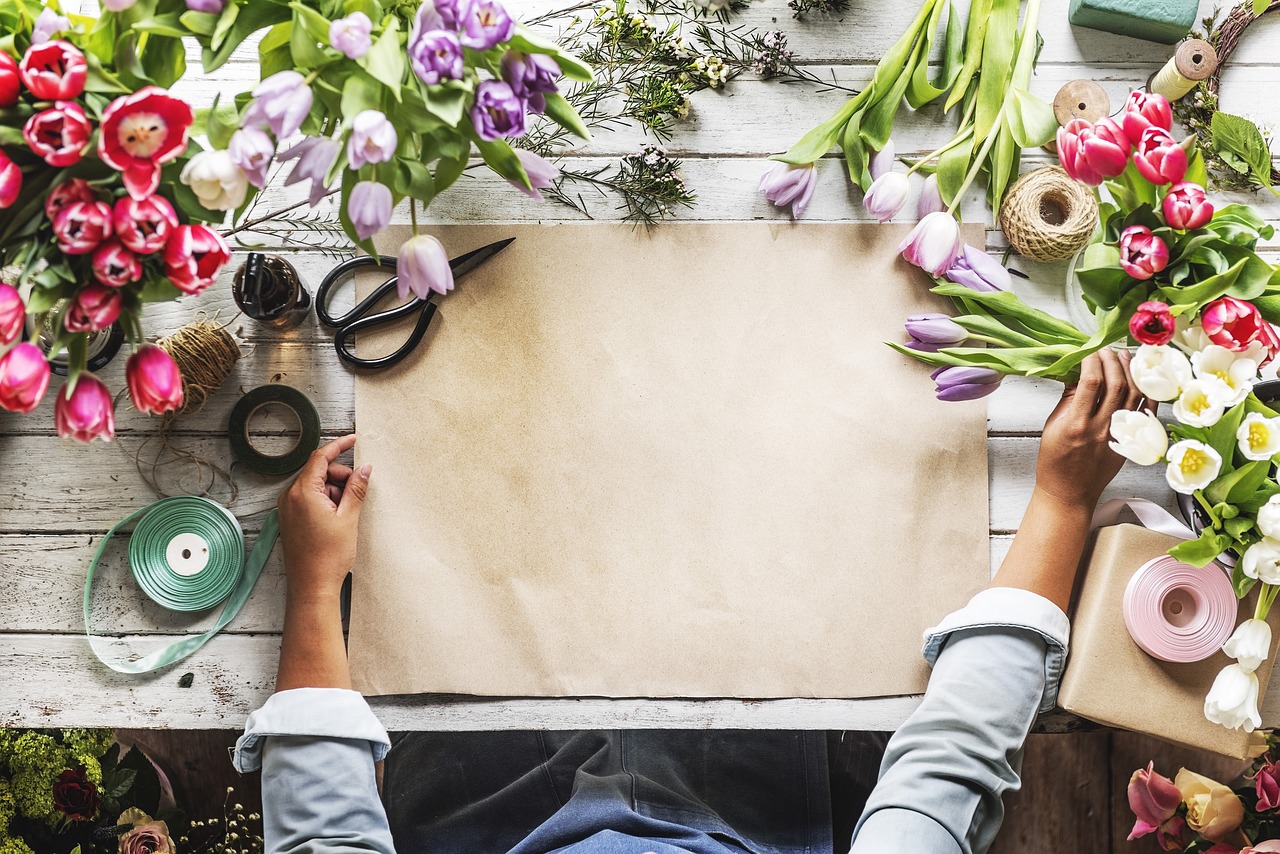Flowers bring color and beauty into the world, but they also offer so much more. For thousands of years flowers have been entwined with symbolism and emotion, allowing humans to express feelings of grief, joy, celebration, love, devotion, and friendship. It has long been understood that each flower has its own essence or vibration that can be used for healing. It’s little wonder that these beauties have long inspired artists, and floral symbology can be found in everything from cave art to fabrics, as well as the great artistic works.
Just the presence of live, vibrant flowers can shift the vibration of a room while offering emotional healing. It’s easy to grab a bouquet at one’s local grocery store or have flowers sent. I’ve found that fresh cut flowers from the farmer’s market or my own garden have an even stronger essence to them. Healing potential is also magnified when we infuse our intentions and beliefs into the process because that allows for potent co-creation with the universe.
Flowers bloom for a brief time period, making them a microcosm of the life cycle. They transition from tender buds to proud blossoms then wane, turning inward to be recycled to support new life again. For this reason, they are associated with birth and death, and are used to honor important moments throughout our lives.
The symbology of individual flowers has varied over the years, but I encourage using your intuition when choosing the best flower for you depending on your intentions.

Here are some of my favorite flowers, and a taste of their fascinating history:
Jasmine Jasmine flowers represent love, sensuality and affection. The scent has a warm, seductive and enchanting essence. Cleopatra had priests who distilled flowers down to make special perfumes for her, and she used jasmine as a signature scent to announce her presence and attract those around her.
Iris The iris has been given many meanings over the years, but it’s most consistently associated with wisdom. Ancient Egyptians used the purple iris as a meditation focal point to help open the third eye. The Iris was connected with the rainbow Goddess Iris in Ancient Greece, and purple irises were planted on women’s graves to assist their journey through death.
Gladiolus Named from the Latin word “gladius” meaning sword (think gladiator), because the leaves visually resemble a sword. It was said that gladiolus would pierce the heart of the those gifted the flowers. Gladiolus were used as a tool for healing. The healer used the flower to scan a person’s body for dark energy, which was then “pierced” so the illness could be removed.
Rose Timelessly associated with love, the rose has also come to symbolize beauty, balance and secrecy. The earliest rose can be traced back to a 35-million-year-old fossil. Roses have been distilled down for perfume for at least 2,000 years, and are connected with the Goddesses Isis, Aphrodite and Venus. The scent is said to foster feelings of love and adoration. Each color of rose has a different association: white for purity and innocence, yellow for friendship and the bright cheeriness of the sun, purple for enchantment and red for passion, romance and devoted love.
Lotus These mysterious beautiful blossoms submerge into the murky waters in which they grow, their roots entwined in the mud. Yet they miraculously emerge to bloom with no trace of dirt on their petals. For this reason, the lotus has been associated with rebirth, spirituality and enlightenment. Lotuses appear in Egyptian art blossoming from the crown of Nefertem, the god of healing. The lotus can be seen in Buddhist and Hindu art, with many gods and goddesses appearing sitting on a lotus throne. Each lotus color has a different meaning: white for purity, yellow for compassion, and purple for spiritual ascension.





